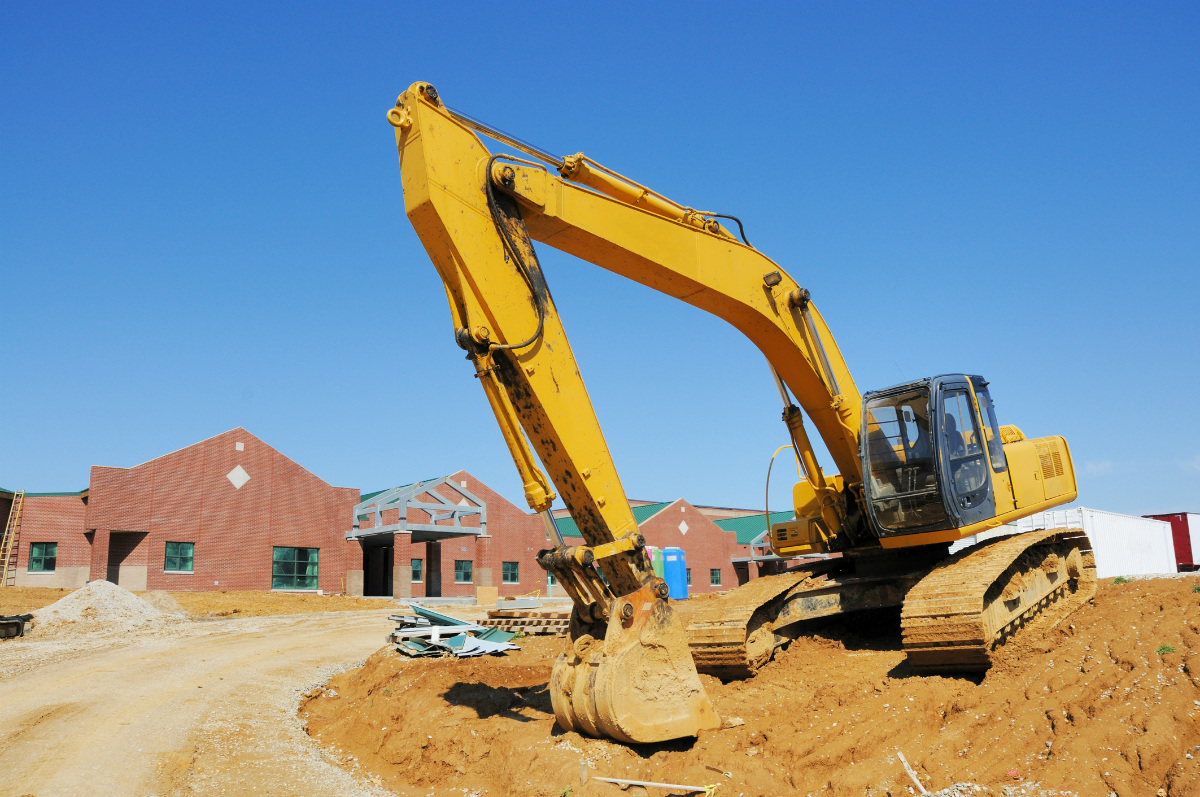Survey findings released Feb. 15 by the National Center for Education Statistics (NCES) provide a snapshot of the state of aging school facilities nationwide.
Of the 1,625 public schools surveyed in December, the average age of the main instructional building is 49 years, with 38 percent constructed before 1970. Twenty-one percent of these buildings were constructed between 1970 and1999, and 20 percent between 2000 and now.
Among respondents, 47 percent said their main instructional building has undergone a major renovation since it was built, with 29 percent reporting this renovation has occurred since 2010. Additionally, 46 percent reported a major building replacement or addition to the school since it was built, with 26 percent reporting the replacement or addition has occurred since 2010.
At the time of the survey, 21 percent of school officials reported having major repair, renovation or modernization work currently being performed at their school.
“The condition of our school facilities plays a critical role in the education of more than 49 million U.S public school students,” said NCES Commissioner Peggy G. Carr. “School facilities provide a setting for learning and affect the health and comfort of the school’s students and staff. As such, these data provide insight into the current condition of our schools as the nation continues down the road to learning recovery.”
The COVID-19 pandemic demonstrated the importance of indoor air quality, prompting the federal government to make new investments supporting efforts among K-12 leaders to improve and outfit building systems that affect ventilation, heating and air conditioning.
Air quality improvement efforts among those who responded to Results from the NCES survey saw schools attempted to improve air quality from different angles. For example, 60 percent reported having designated vehicle loading and unloading areas at least 25 feet from building air intakes, including doors and windows, with 81 percent reporting that they have an anti-idling program in place, which includes signage and active monitoring, during pick up and drop off. And 39 percent of public schools said they have an indoor air quality coordinator who monitors air quality conditions at the school and reports air quality issues and complaints.
Other key findings
- Nearly one-third (31 percent) of public schools have one or more non-permanent/portable buildings in use.
- Most public schools have dedicated library space available (89 percent), but those with the following characteristics were more likely to report having dedicated library space available:
- Those with 500-999 students enrolled (96 percent)
- Those where 25 percent or less of the student body was made up of students of color (96 percent)
- Those in rural areas (94 percent)
- Those with between 300-499 students (93 percent)
- Elementary schools (93 percent)
- Those in low-poverty neighborhoods (92 percent)
- Schools less likely to report having dedicated library space available compared to the national average include those:
- In cities (84 percent)
- In high-poverty neighborhoods (81 percent)
- With a student body made up of 76 percent or more students of color (80 percent)
- Serving high/secondary school-aged youth (80 percent)
- With fewer than 300 students (77 percent)
- Nearly all public schools (93 percent) reported having some kind of athletic amenities on-site, including:
- A gymnasium (69 percent)
- An all-purpose grass field (68 percent)
- An outdoor basketball court (56 percent)
- Baseball/softball fields (38 percent)
- A weight room (29 percent)
- An outdoor track (28 percent)




